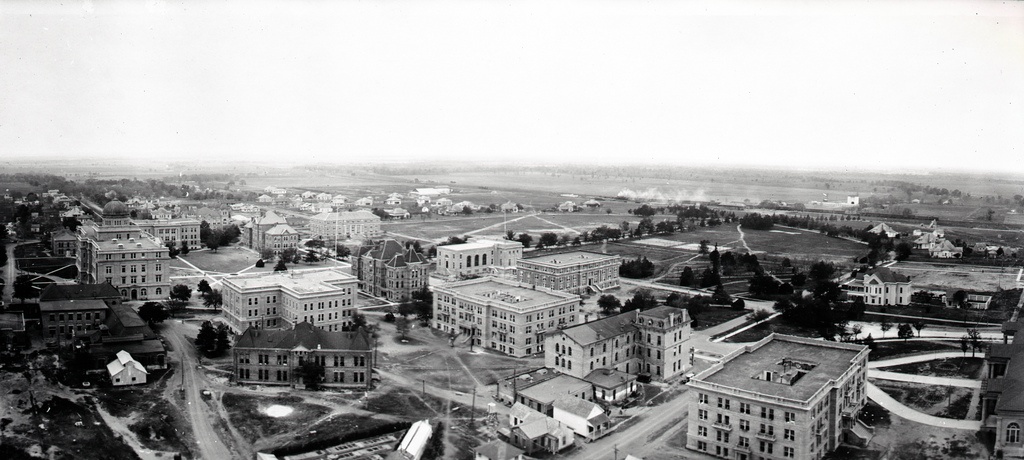
Department History
The Board of Directors of the Agricultural and Mechanical College of Texas initiated the development of the Animal Husbandry Department in 1903. In 1965, the department became more encompassing and was renamed the Department of Animal Science.
Today, the Department of Animal Science at Texas A&M University has achieved national and international prominence as one of the largest and most complex departments of animal science in the nation. The department is a leader in the discovery and application of science-based knowledge of animals and animal products. As part of its land grant mission, the Department of Animal Science strives to meet the needs of all citizens by providing dynamic and innovative teaching, research and extension programs.
Currently, disciplines within the department include reproductive physiology, animal breeding and genetics, food science, microbiology, equine science, dairy science, animal nutrition and meat science. The department responds to the Texas animal industry through research and education programs in equine, beef, dairy, swine, sheep and goats, and meat science.
The mission of the Department of Animal Science is to improve lives through discovery, integration, dissemination and application of science-based knowledge of animals and animal products.
The Future of Department of Animal Science
Future students will find other first-class peers along with extremely friendly faculty and staff who care about each student individually. As a student, you will receive scientific training and hands-on experience that allows you to incorporate knowledge from several fields of study. You will meet other students with similar interests, while gaining experience working with animals through hands-on laboratories, student clubs, and judging teams.